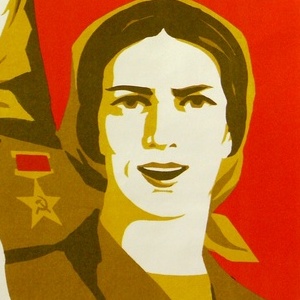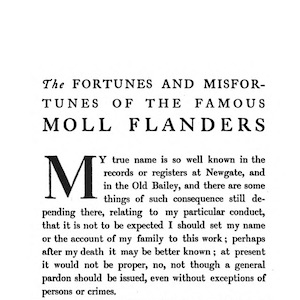Gender
Advice of an Aztec Father to His Sons
Franciscan friar Bernardino de Sahagún recorded this text in the mid-16th century as part of an effort to gather information about native Aztec history and customs. Sahagún went to Mexico in 1529 as one of the first missionaries assigned to the newly conquered territory of New Spain.

Scene of Directory Life, Men and Women from L’Optique du Jour
After Jacobin control faded, with its repression of exuberant social life as well as political diversity, the following years saw a rebirth of open pleasures. This image focuses on fashionable men and women enjoying the good life.

Enslaved and Free Blacks in Saint Domingue
This engraving pairs images of enslaved people and free blacks in four categories: dress, deportment, entertainment, and access to water. Although there are differences between the pairs, these are not as great as they might be.

Watch Yourself or You'll be a Product for Sale
The women in this image appear to be tempted to a life of prostitution. The female figure in the left foreground gestures toward the door but remains modestly attired. Once inside, the women are there for the pleasure of men and wear revealing or little clothing.

Traditional Image of Soviet Women
Soviet propaganda posters presented positive images of healthy, active people engaged in useful service to the state, including women. In this poster from 1974, three women, with their hair covered with a traditional kerchief, are depicted alongside a clear slogan: "Soviet Women!

The Fountain of Regeneration
In this engraving of the Festival of Reunion or Unity of 10 August 1793, a female statue of Nature in the form of the Egyptian goddess Isis represents the regeneration of the French people. It sits on the site of the Bastille prison, whose fall signaled the beginning of the Revolution.

The Republic
Under the monarchy, the king was the country’s symbolic center. Removing him and establishing a republic made necessary not only a new constitution but also a new set of symbols.

Liberty
In this spectacularly vivid rendition of Liberty, she holds the Phrygian cap of freed slaves on a pike. That, combined with her colorful pants, suggests aggressive liberty. Yet the scrolls in her right hand also underscore the role of legislation in defining her purview.

Provincial Painting—Minatures
Surrounded by her children, this woman represents conventionality and respectability.

The Fortunes and Misfortunes of the Famous Moll Flanders
Daniel Defoe's novel The Fortunes and Misfortunes of the Famous Moll Flanders, published in 1722, is a useful historical text for examining the everyday lives of female children as well as the possibilities of girlhood in 18th-century British society.